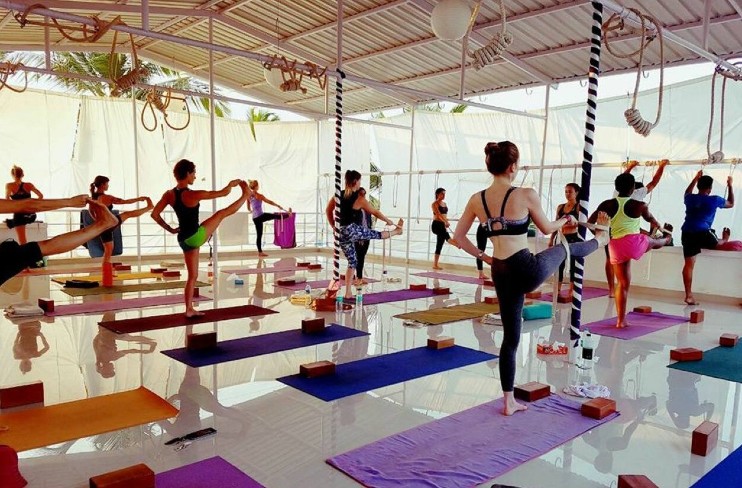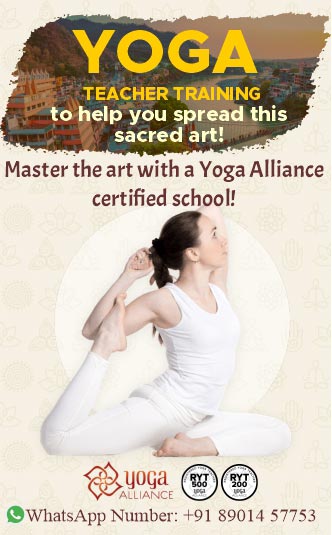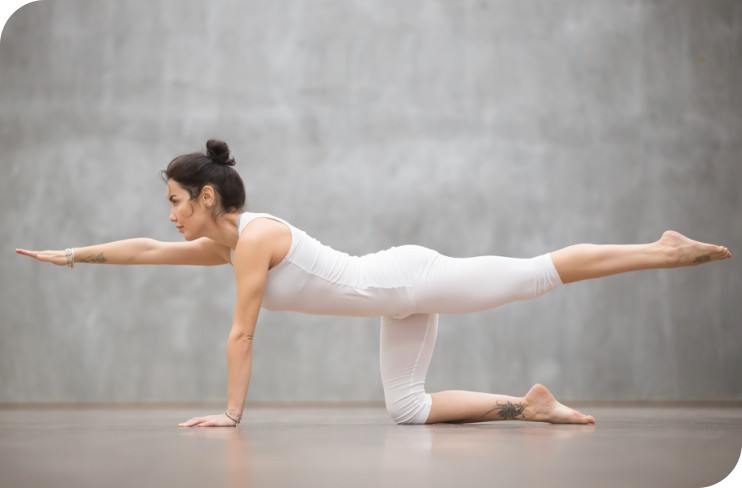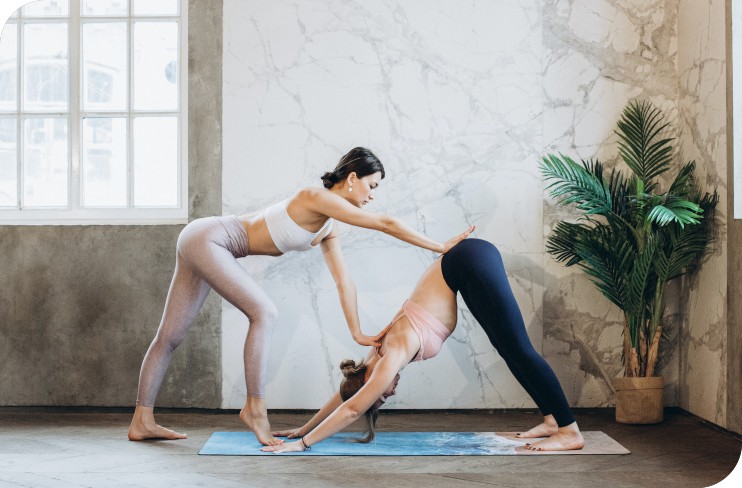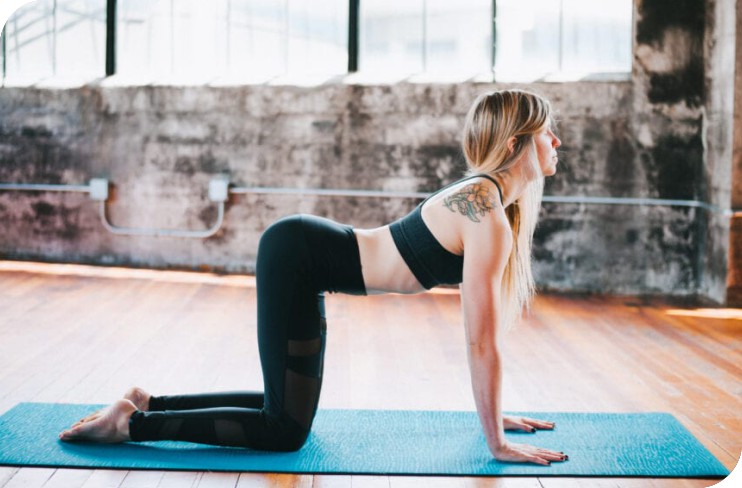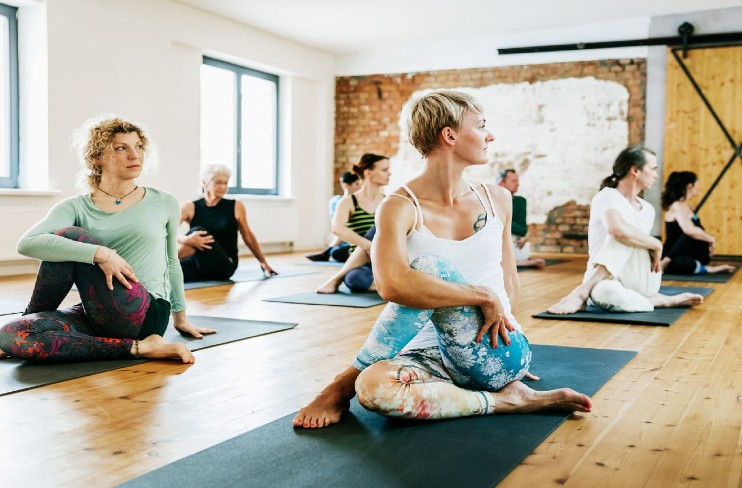What Is The Difference Between Ashtanga And Vinyasa Yoga?
Ever heard about Ashtanga yoga? Do you know it is different from Vinyasa yoga? While many people interchangeably use the terms, one differs from the other in every respect. Before rolling forward, read the following to learn about the difference between Vinyasa yoga and Ashtanga yoga.
What Is Ashtanga Yoga?
Derived from the ancient Indian language Sanskrit, Ashtanga means ‘eight limbs. It was the first time used by the venerable Indian sage Patanjali in an authoritative text The Yoga Sutras. The book talks about the eight practices that you need to master for an easy and truthful life.
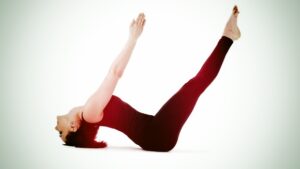
It covers the physical dimension, mental dimension, and walks to transcending into the spiritual dimension. Thus, practising Ashtanga yoga works on your overall growth.
The following are the eight limbs that you need to master while practising Ashtanga yoga.
- Yama
- Niyama
- Asana
- Pranayama
- Pratyahara
- Dharana
- Dhyana
- Samadhi
What Differentiates Ashtanga Yoga And Vinyasa Yoga?
Despite having many similarities between the two yoga types, many things differentiate Ashtanga yoga and Vinyasa yoga. The following points can help you learn more about the difference between both yoga forms. Keep reading.
Sequence
Ashtanga yoga and Vinyasa yoga differs in their yoga sequences. In Ashtanga yoga, the sequence solely depends on the yoga instructor. The sequence is fixed in every class. Whether the yoga instructor changes or not, the sequence of yoga poses remains the same.
In Vinyasa yoga, the yoga poses sequence constantly changes from one yoga instructor to the other. No two classes have the same yoga sequences. Moreover, even the same yoga instructor can change the sequence as per his or her thinking.
Also read: Basic Principals and Guidelines to be Followed While Doing 200 Hour Yoga Teacher Training
Pace
The pace denotes how fast or slows a yoga session is going on. Vinyasa yoga flow could be very fast and challenging. Since there is no rest period, you will gasp for air. The yoga practitioner continuously shifts from one yoga pose to the other without coming to a complete stop. Moreover, a flow is maintained through the yoga session.
Such a flow is not maintained in the Ashtanga yoga practice. Rather, one practices one yoga pose at a time. The yoga practitioners master a single pose for the moment and then move to the other one. It helps in understanding the single pose and enhances your mind-muscle connection.
Transition
Transition means how you shuffle between two yoga poses. Since vinyasa yoga follows a flow, the transition is smooth and seamless. In ashtanga yoga, there comes a small pause after every yoga pose in which the yoga practitioner goes back to the neutral position.
In vinyasa yoga, the transition is fast but smooth. Whereas on the other hand, it is slow and abrupt. The pace of both yoga styles depends on a yoga instructor. However, vinyasa yoga is faster in comparison to ashtanga yoga.
Read More – Vata Pitta Kapha: A Beginner’s Guide to Yoga Doshas
Yoga Props
The usage of yoga props means using yoga blocks, straps, blankets, or any other such thing to assist you while practising yoga. The yoga uses various props for an easier approach to complex yoga poses. However, ashtanga yoga makes rare to no use of yoga props.
Therefore it can be said that ashtanga yoga requires more dedication and concentration on the part of the yoga practitioner. Vinyasa yoga focuses on deep muscle stretching whereas ashtanga yoga makes yoga practitioners do adjustments on their own.
Endnote
As you move deeper into the respective fields of ashtanga yoga and vinyasa yoga, you may find that both are unique in their ways. Favouring one on top of the other is like leaving one important thing for another significant piece of life.
It solely depends on the goal you have in your mind whether to practice ashtanga yoga or any other yoga. Whatever you practice, give it your whole heart to get the most out of it.
Read more: What Makes Rishikesh A Perfect Place To Practice Yoga
FAQs
Ques 1) What kind of yoga is Vinyasa?
Ans) It comes under the category of power yoga. Further, it consists of variations, transitions, and different flows to provide maximum benefits to yoga practitioners. Moreover, it also comes under the category of flow yoga.
Ques 2) Is Vinyasa yoga OK for beginners?
Ans) Anyone can practice this form of yoga. Moreover, yoga aspirants who are into sports or athletics must include it in their routine. Beginners can practice only if they are willing to increase the intensity of their yoga session.
Ques 3) Is yoga cardio?
Ans) Yes! There are many yoga styles that can replace your cardio session. In fact, many people practise yoga to reduce weight, lose fat, and increase their cardiovascular conditioning. Hence, yoga practice can truly be a perfect cardio session.

